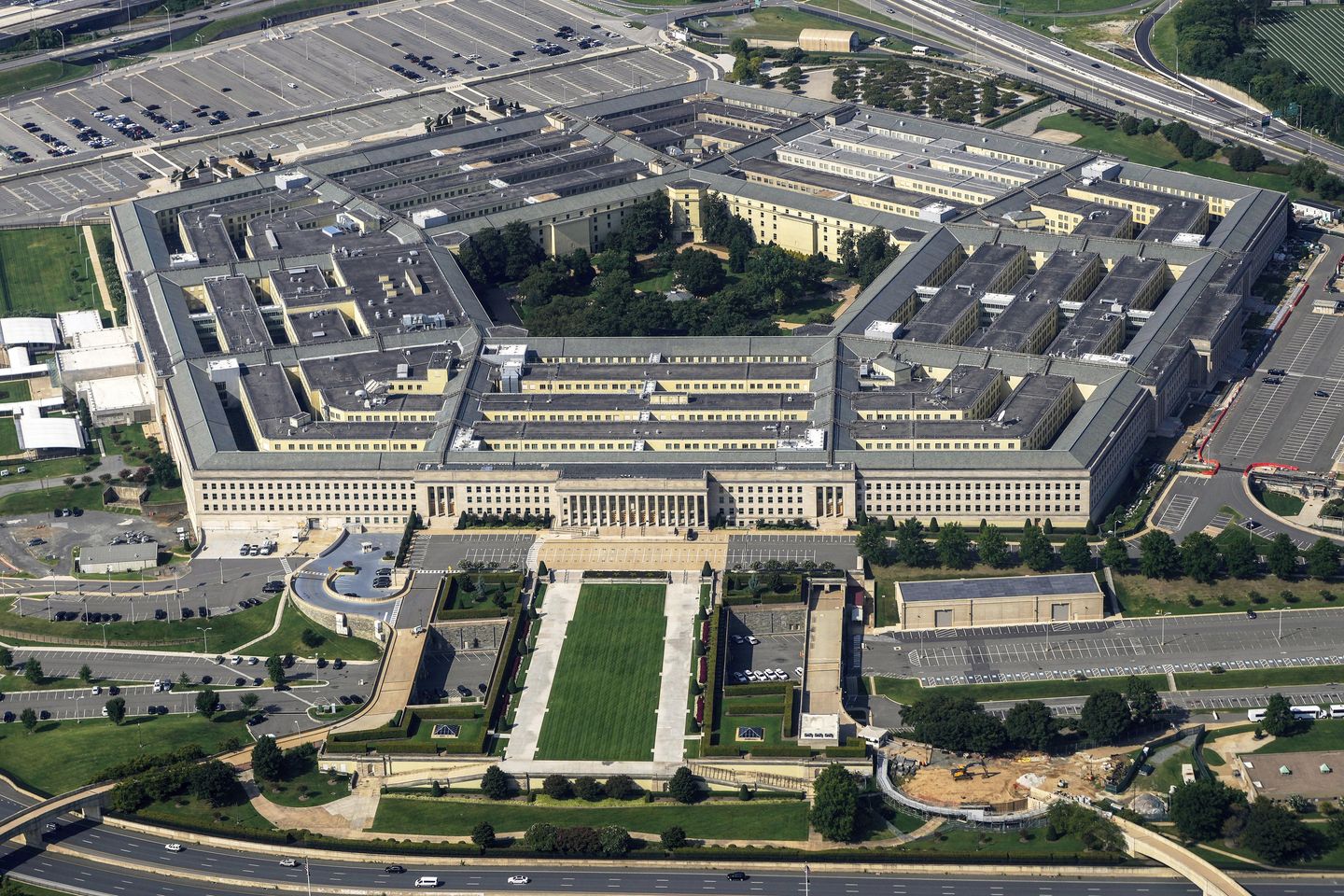
Here’s a way the Army can speed up the defense manufacturing process: Make things itself.
Army Materiel Command is making strides on that front, with 3D printing and service-wide ingenuity unlocking a new dynamic in which U.S. military personnel can build small tactical drones themselves on a fast timetable.
It’s more than just innovation for innovation’s sake. Leaders say the new process will help reshape the way the Army equips itself in combat zones. The ability to build and repair drones in theater could be crucial in a theoretical conflict with China in the Pacific, for example.
“Right now, we are 3D-printing [drones] less than 23 pounds at Rock Island Arsenal. We are 3D-printing those from best-of-breed files we have received from partners, from tactical units. We look at what they have and we make modifications to make it better but also to make it more manufacturable,” said Lt. Gen. Chris Mohan, the deputy commanding general and acting commander of U.S. Army Materiel Command.
The unit is responsible for much of the service’s manufacturing and production, the repair of vehicles and other tools, and the transport of ammunition and other mission-vital materials to locations all across the globe.
SEE ALSO: LISTEN: Here’s why the Army wants to 3D print drones
The 150,000-person command, made up mostly of civilians, is a crucial component of the American military’s ability to project power. It’s at the cutting edge of an effort that will enable the military to build drone bodies and their flight components and microelectronics at sites both in the U.S. and potentially halfway around the world.
“Very soon we will have the capability to manufacture the vast majority of the system in-house, with government-owned tech data, if you will,” Gen. Mohan said in an interview on the Threat Status podcast.
Rapid leaps forward in 3D printing, which produces physical objects from digital models, are helping to transform the production, repair and upgrades to vehicles and artillery systems that the Army and other services rely on.
The possibilities are top of mind for military personnel and lawmakers. Last year’s National Defense Authorization Act, for example, included a provision that “requires DoD to assess the capacity of DoD to evaluate and use 3D printing technologies to supplement the supply of maintenance parts used to support weapons systems and associated support equipment, including obsolete parts and tools.”
“DoD must also report to Congress a strategy to fund and coordinate a network of domestic and community-based fabrication facilities for fabricating such parts,” the provision states.
Gen. Mohan said the approach also will allow soldiers near the front lines to repair their tactical drones — which military leaders and defense industry insiders say are becoming a ubiquitous part of the tool kit that a forward-deployed service member will need.
Gen. Mohan said Army Materiel Command is creating a “digital repository” in which all the necessary technical files will live, and service members can then access those files to 3D-print replacement parts for a small uncrewed aerial system.
That means a damaged system could be back in the fight within days, maybe even hours, rather than waiting for shipments from hundreds or thousands of miles away to arrive.
“We hang the file and we say, ‘Here is what kind of printer this was printed on and here’s the capability you need to have.’ And they can download those files, and if they crash the drone, which they will, they can replace control arms, they can replace propellers, rotor blades, the whole nine yards,” Gen. Mohan said. “That’s just one example of how we’re moving it forward.”
What’s more, Gen. Mohan said that in future scenarios, larger drones can be sent to pick up the replacement parts from the printing facilities back to the front lines. And telemaintenance — connecting with repair personnel remotely with the aid of virtual-reality glasses — will allow more complex repairs to be completed quickly.
All of those changes come against the backdrop of a potential American military confrontation with China. Such a scenario would require the military to move massive amounts of ammunition, weapons, vehicles, and other equipment across vast distances in the Pacific theater. Gen. Mohan said that shift toward the Pacific, as opposed to more relatively confined theaters such as Europe, guides decision-making at his command.
“We’re having to rethink where we put things, from prepositioned stocks, and then also how we move things, and then the authorities we have with the different countries and partners we have” in the Pacific region, he said.








